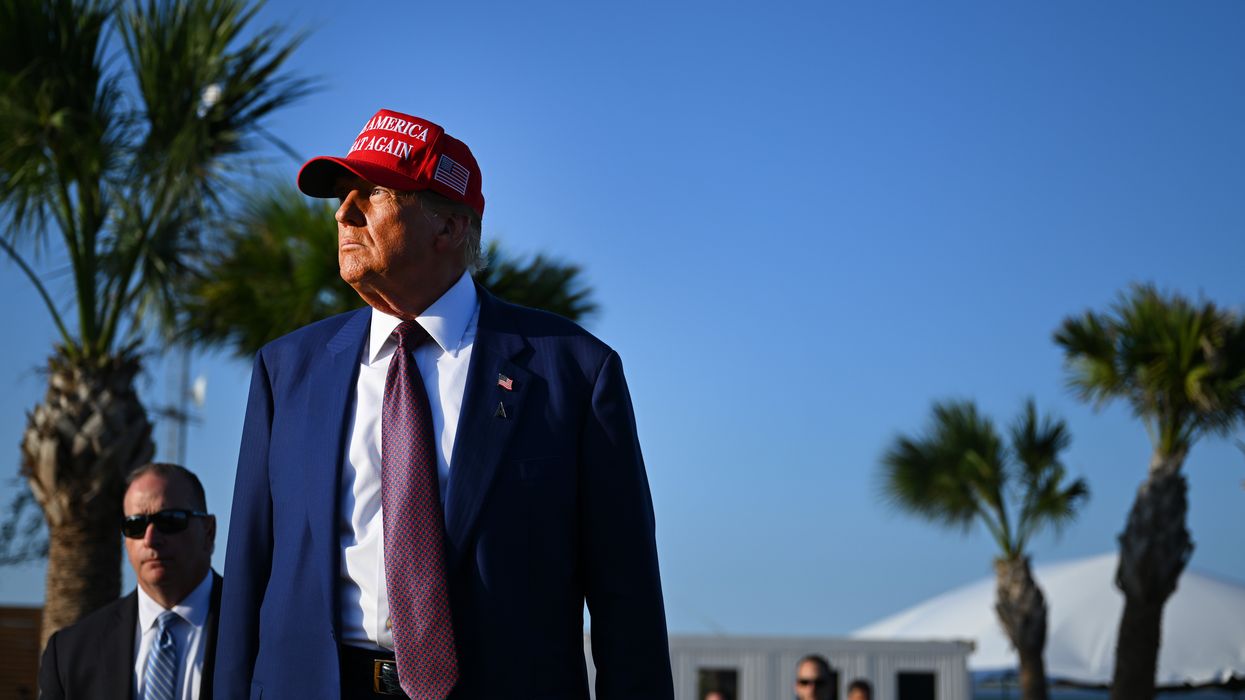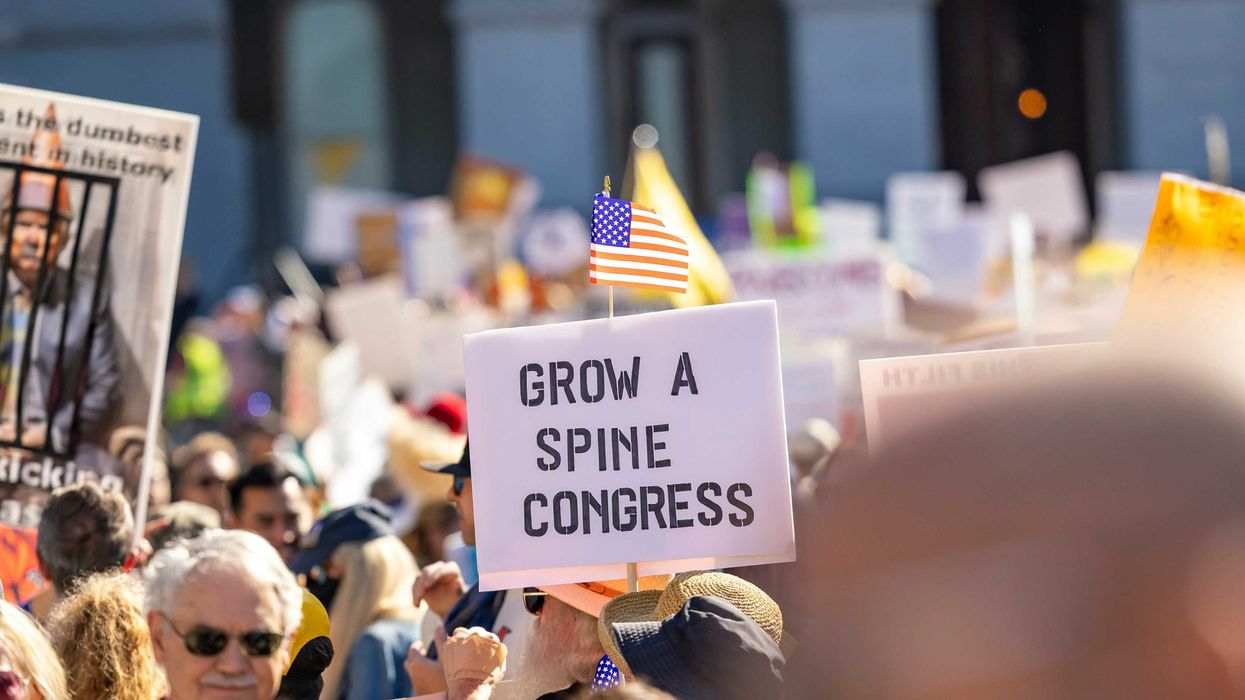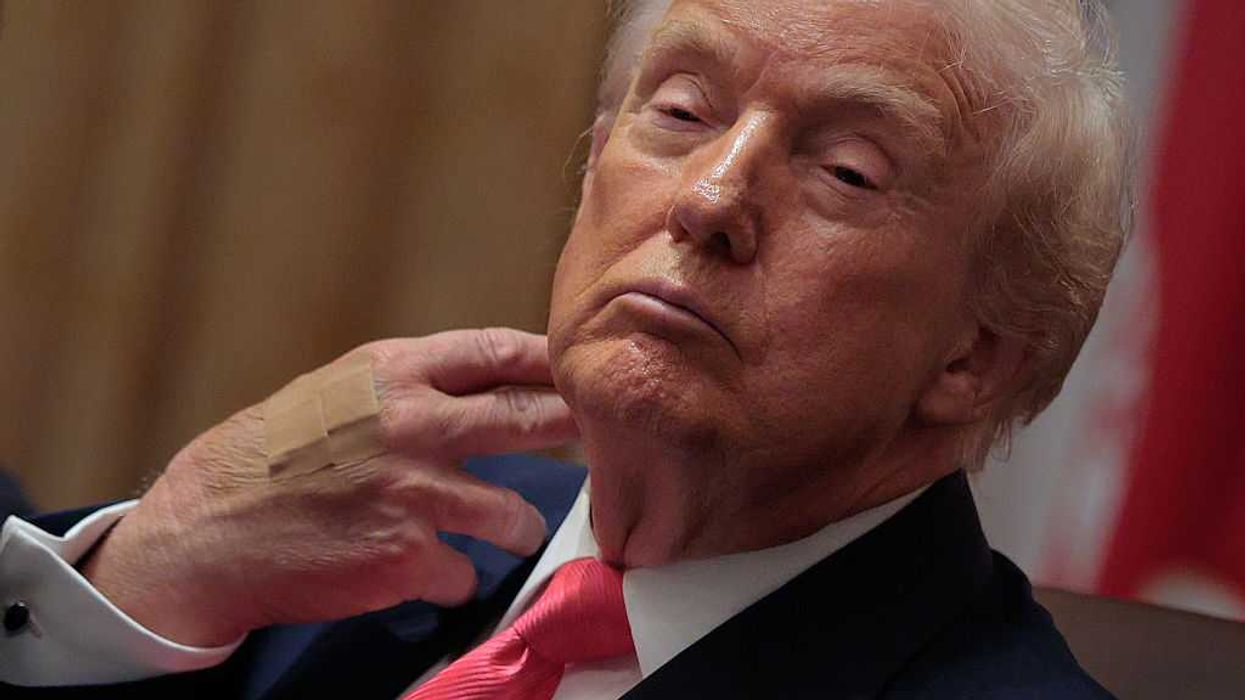Ever since the reality of President Biden’s mental and physical decline has been made public, ink is being spent, bemoaning that the nation was at risk because the President was not fit to make crucial decisions twenty-four hours a day.
Isn’t it foolish that, in a constitutional republic with clear separation and interdependence of powers, we should rely on one human being to make a decision at three in the morning that could have grievous consequences for the whole nation and the world? Are we under the illusion that we must and can elect an all-wise, always-on, energizer-bunny, superhero?
No matter the age of our elected president, as corporeal beings, they can suffer from the stresses of the role, or other common stresses, just like the rest of us. Because we insist on an image of a perfectly in-control leader, those around the president are cued to mask the boss’s problems under the guise of political loyalty or international stability.
U.S. history is full of examples of Presidents with medical conditions, often masked by their loyalists. The effects of Woodrow Wilson’s significant stroke were hidden from the public, as was Kennedy’s Addison disease and chronic back problems. Franklin Roosevelt’s declining health was masked prior to his election to a fourth term, in which his poor performance at the crucial Yalta Conference after WWII had grave consequences. He died just 82 days into that term. Other U.S. presidents had serious medical conditions that were kept from the general public. This is also true of other world leaders like Vladimir Lenin and Mao Zedong.
These all-too-human realities become huge ethical issues for the inner circle that is trying to maintain their leader’s public profile, as well as very real governance issues. Only in retrospect do we recognize the huge risks or damage incurred by reason of the inner circle, and at times, members of outer circles like the press, keeping this information carefully guarded.
The norms regarding a staff protecting a political leader are so powerful that appealing to the national interest is apparently insufficient to change behavior. It is in such cases that laws are needed to require the desired behavior.
In 1994, in my book The Courageous Follower, I wrote:
“Though serious illness can strike at any age, it is more common as people grow older. Senior leadership positions tend to be filled with older, more experienced people. Thus, illness among leaders is more common than we think…It can be extremely dangerous to allow leaders to make high-level decisions, perform critical negotiations, or engage in taxing events when their physical and mental processes are impaired by illness, pain, or medication.”
One of the dilemmas of the U.S. system of governance is that our Constitution requires the highest bar imaginable to remove a president no longer capable of performing their duties. Fewer all-or-nothing laws are needed to account for the realities of a president who needs weeks to recover from an accident or severe illness or is, by all reasonable standards, in cognitive decline. Let Congress work through a reality-based and politically acceptable way of dealing with these intermittent or slow-moving but irreversible events.
An effective law would address both the president (or other senior members of the administration) and those closest to them (their inner circle of counselors), who also must swear allegiance to the Constitution and the law. We have sensible protocols for when the president or other high-ranking officials go under anesthesia for a number of hours. We need sensible middle ground rules between that and the 25th Amendment.
The onus must fall equally on those designated as forming the president’s official inner circle as well as on the president. Taking a step back to the 3 a.m. phone call, a similar rule is needed when the president is awakened and still collecting their full cognitive capacity. The 3 a.m. call we most worry about is presumably an act of war, pre-emptive or defensive. In an age of hypersonic weapons, the window for that decision is less than thirty minutes.
Acknowledging this, no one expects the constitutional power to declare war by Congress to be applied. However, the least we can do is manage the risk, similarly to an ill or diminished president making the decision on their own. I know this goes against the grain of the buck stops here, but it is a prudent adjustment to the reality of the world we have created and the continued vulnerabilities of our leaders, young and old, in that world.
Medical reports on the president should require at least two qualified physicians reporting under oath. Reasonable limits can be placed on this to protect the individual leader’s dignity. If we are going to have a presidential system with so much power aggregated in the office, we now have clear evidence that we need to alleviate the conflict of loyalties experienced by private physicians and confidantes with legislation that requires, under oath, truthfulness by qualified observers.
Ira Chaleff is the author The Courageous Follower, and To Stop a Tyrant: The Power of Political Followers.





















 Despite signing a mortgage that pledged he would live in each house, Trump listed both homes as rentals. Palm Beach Daily News via Newspapers.com. Redactions by ProPublica.
Despite signing a mortgage that pledged he would live in each house, Trump listed both homes as rentals. Palm Beach Daily News via Newspapers.com. Redactions by ProPublica.
 In 1993, Trump signed a mortgage for a “Bermuda style” home in Palm Beach, pledging that it would be his principal residence. Just seven weeks later, he got another mortgage for a seven-bedroom, marble-floored neighboring property and attested that it too would be his principal residence. Obtained by ProPublica
In 1993, Trump signed a mortgage for a “Bermuda style” home in Palm Beach, pledging that it would be his principal residence. Just seven weeks later, he got another mortgage for a seven-bedroom, marble-floored neighboring property and attested that it too would be his principal residence. Obtained by ProPublica